Contemporary is a dance form that grew and evolved with modern art movements. It has less strict form than ballet and exists in the ‘now’ with many personal expressions of form and possibility.
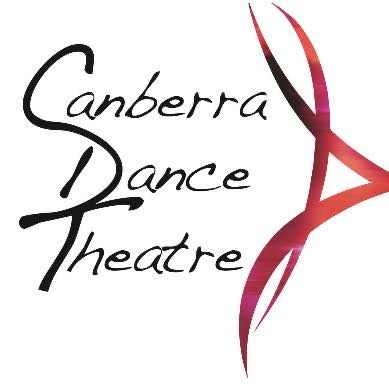
Contemporary is a dance form that grew and evolved with modern art movements. It has less strict form than ballet and exists in the ‘now’ with many personal expressions of form and possibility.
Contemporary is incorporated into the training and repertoire of many dance schools and companies throughout the world. It is the training for many Australian independent dancers. Expect to work on the floor, standing and traveling.
As in a ballet class, there is likely to be a focus on alignment and precision of movement, but with much more movement of the spine. Content may focus on movement concepts like giving into gravity and use of effort; and also qualities of movement.
Leading community dance since 1978, Canberra Dance Theatre is where the professional joins with the community for classes and performance.
Canberra Dance Theatre (CDT) has a history of connecting professional dance art with a community dance. It grew out of the National University Dance Ensemble (NUDE), established by Graham Farquhar in 1972, which in 1977 was under the leadership of Diana Shohet, Lorna Marshall and Graham Farquhar.
In 1978 a new organization was created, Canberra Dance Ensemble, with Stephanie Burridge joining the artistic team. With the departure of Diana and Lorna later that year, Stephanie took on the leadership role, being named the first Artistic Director. CDE was incorporated in 1981, and in 1989 the name was changed to Canberra Dance Theatre to serve a wider and more theatrical vision.
Since the beginning, CDT has brought together significant Australian dancers, choreographers, musicians and designers, including Dr Stephanie Burridge, Dr Elizabeth Cameron Dalman OAM, Kai Tai Chan, Julia Cotton, Patrick Harding-Irmer, Anca Frankenhauser, Beth Shelton, Anna Smith, Dr Cheryl Stock OAM, Andris Toppe, Wendy Wallace, Bernadette Walong, Graeme Watson, Tammi Gissell, Sue Healey and Amalia Horden.
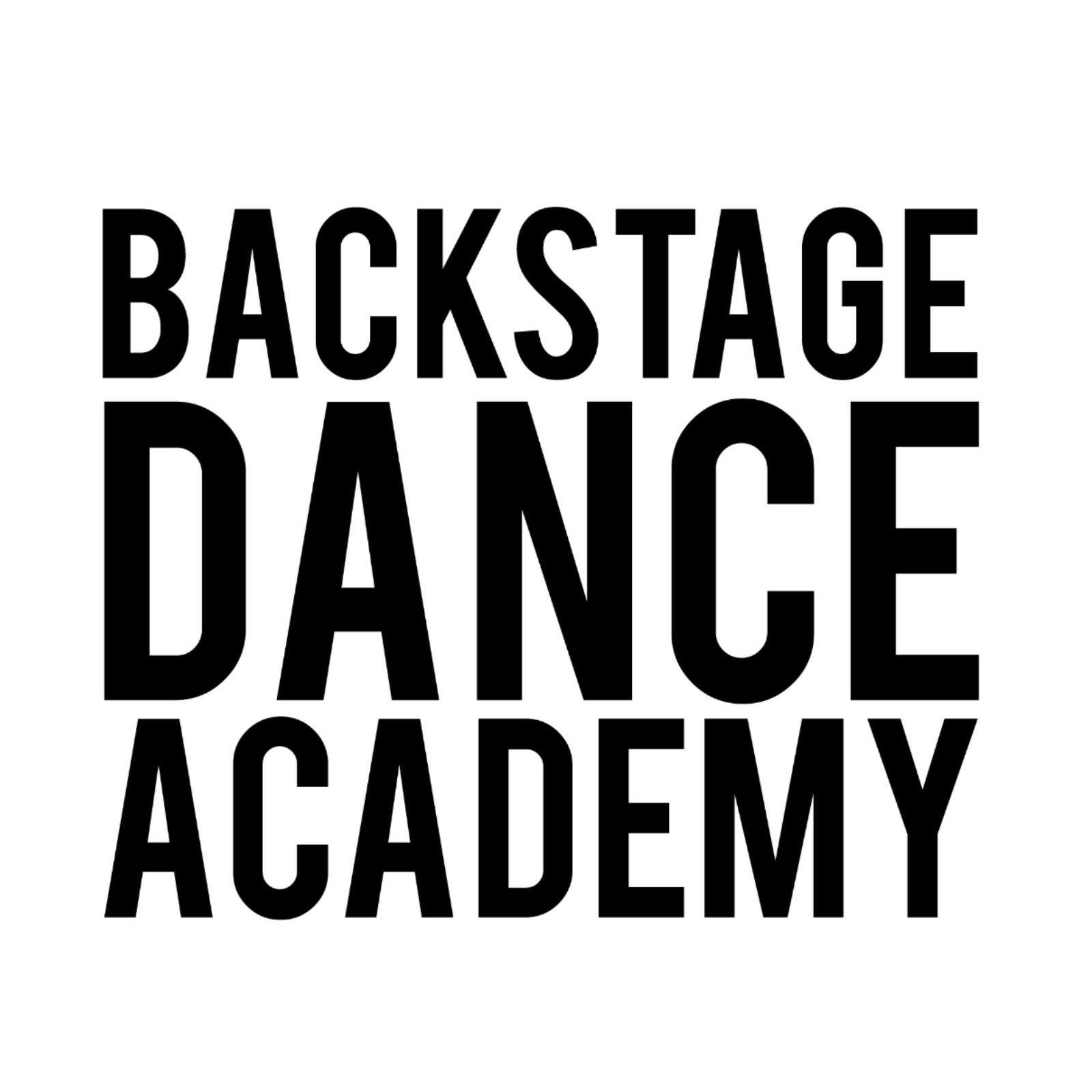
Students enjoy learning dance techniques as well as Contemporary and Lyrical choreography. This type of dance is expressive and creative.

Diploma of Art (Classical & Contemporary Dance) is offered by Australian Dance Performance Institute.
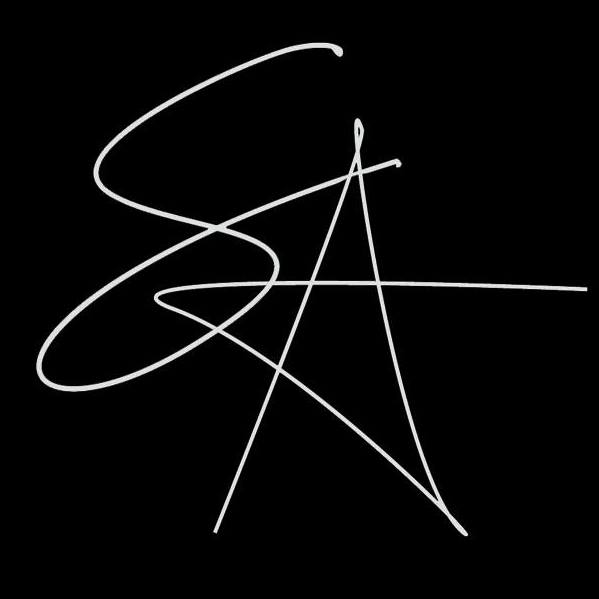
Contemporary dance is offered to students 10 years old and up and can be taken as a private or group lesson.
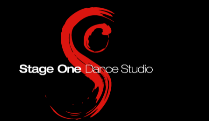
Stage One Dance Studio offers contemporary dance classes in Adelaide for Fun, Technique and Performance/competition. In these classes, the students will learn basic barre work combined with modern stretching.
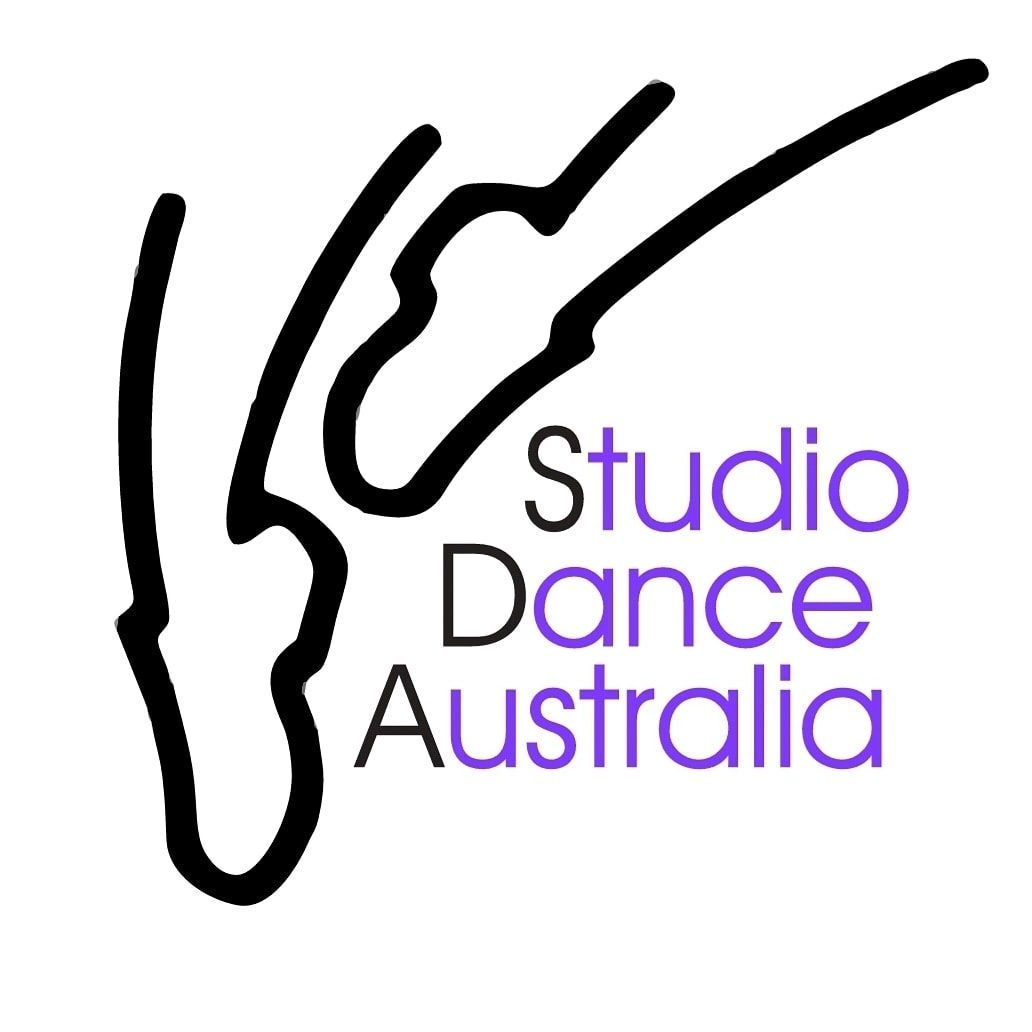
Contemporary/Lyrical is a compilation of different styles of dance, including lyrical, classical ballet, jazz and modern dance.
© 2025 coursetakers.com All Rights Reserved. Terms and Conditions of use | Privacy Policy